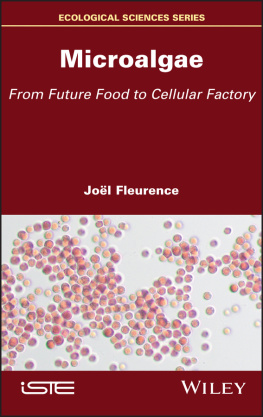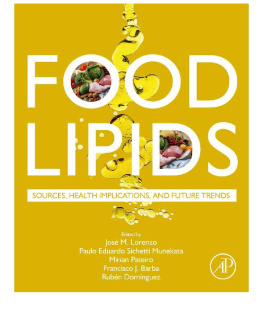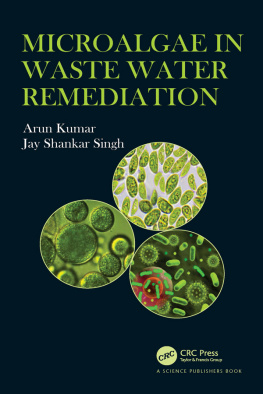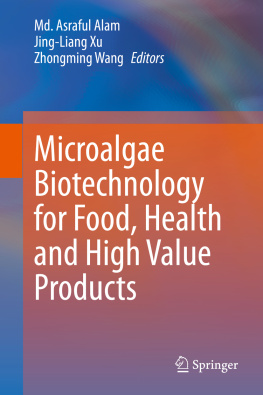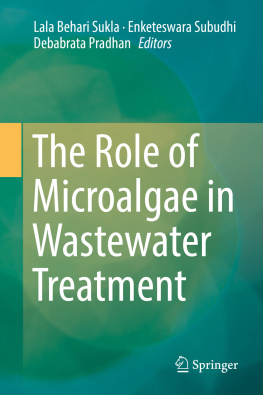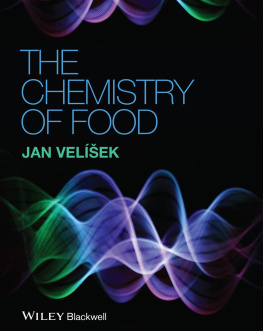
Series Editor
Franoise Gaill
Microalgae
From Future Food to Cellular Factory
Jol Fleurence

First published 2021 in Great Britain and the United States by ISTE Ltd and John Wiley & Sons, Inc.
Apart from any fair dealing for the purposes of research or private study, or criticism or review, as permitted under the Copyright, Designs and Patents Act 1988, this publication may only be reproduced, stored or transmitted, in any form or by any means, with the prior permission in writing of the publishers, or in the case of reprographic reproduction in accordance with the terms and licenses issued by the CLA. Enquiries concerning reproduction outside these terms should be sent to the publishers at the undermentioned address:
ISTE Ltd
27-37 St Georges Road
London SW19 4EU
UK
www.iste.co.uk
John Wiley & Sons, Inc.
111 River Street
Hoboken, NJ 07030
USA
www.wiley.com
ISTE Ltd 2021
The rights of Jol Fleurence to be identified as the author of this work have been asserted by him in accordance with the Copyright, Designs and Patents Act 1988.
Library of Congress Control Number: 2021938404
British Library Cataloguing-in-Publication Data
A CIP record for this book is available from the British Library
ISBN 978-1-78630-587-9
Preface
Unicellular algae and cyanobacteria are unstoppable actors of life on Earth. They are responsible for the production of half of the oxygen present on our planet. Independently of this major ecological role, microalgae are true cellular factories at the origin of the synthesis of various metabolites of interest for human activity. In particular, they produce original pigments, such as phycobiliproteins, polysaccharides, enzymes, as well as lipids and fatty acids with a long carbon chain, whose valorization as biofuels opens up a new way of valorizing these microorganisms. In addition to the biotechnological uses resulting from this cell plant concept and the resulting biorefinery, microalgae also constitute a food resource for human and animal nutrition.
The purpose of this book is to take stock of the biological and ecological characteristics of microalgae, whether marine, freshwater or even atmospheric. Cyanobacteria (e.g. Arthrospira sp. or Spirulina sp.) are also discussed, as they have long been referred to as blue algae under the botanical name of Cyanophyceae.
This book also assesses the production methods and current applications of microalgae and cyanobacteria, whether in the food or biotechnology fields. As far as food applications are concerned, the current uses of microalgae in animal and human nutrition in the form of food supplements are presented. The prospects for development in these application sectors are discussed in light of economic and regulatory constraints.
The biotechnological valorizations of microalgae as cell factories capable of producing molecules with high added value are also described in this book. The techniques for extracting these molecules and the new approaches for valorization, such as biorefinery, are also discussed. Finally, the biotechnological perspective of using genetically modified microalgae for the production of molecules for therapeutic purposes is developed in light of current advances in research in the field.
May 2021
Acknowledgements
I thank Yves-Franois Pouchus and Olivier Grovel for their illustrations.
Introduction
Cyanobacteria and microalgae are, from a logical chronological point of view, at the origin of oxygen production by photosynthetic means on our planet. Oxygen photosynthesis by cyanobacteria probably occurred 3 billion years ago (Sardet 2013). The appearance of the first eukaryotic cells, including microalgae, is estimated to have occurred 1.52 billion years ago. The extent of algal biological diversity in the ocean has long been unknown (Sournia et al. 1991). The number of microalgae species is still not definitively established, and the figures given in the scientific literature range from 70,000 to 150,000 species. Conversely, high estimates suggest a million species (De Vargas et al. 2012; Nef 2019). Such a varied and not always easily accessible biodiversity still poses problems for biologists in terms of censusing, thus explaining the discrepancy in the figures mentioned above. This difficulty has also arisen in the establishment of a classification system to list microalgae in distinct botanical groups (see ), have enriched the classification by making it possible to propose new taxonomic groups. This is notably the case for the Glaucophytes group, whose chloroplast is the result of primary endosymbiosis but has retained certain important ancestral characteristics, such as the presence of a peptidoglycan wall between two membranes. This characteristic is effectively shared between these organisms and cyanobacteria (Lecointre and Le Guyader 2016). However, Glaucophytes are microalgae that are not very widespread and are found mainly in fresh water (lakes, swamps and ponds) (Lecointre and Le Guyader 2016). These organisms, which are not subject to valorization, will not be treated in the rest of this book.
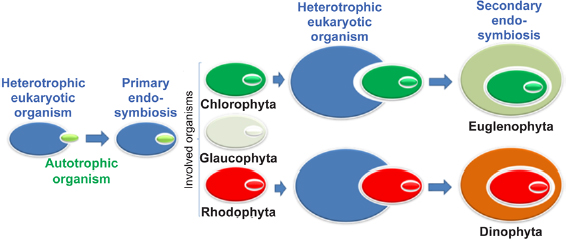
Since phylogenetic classification is mainly based on molecular criteria, such as ribosomal DNA, it has broken up the main groups previously established by the traditional classification (see ). Nevertheless, for obvious reasons of convenience, the classifier remains attached to and still uses the denominations of red, brown or green algae to describe the algal biomass.
Microalgae show high metabolic plasticity and a natural aptitude for horizontal gene transfer. This last property is at the origin of the extremely diversified evolution of algae. These two natural characteristics of microalgae also make them valuable biotechnological aids for the production of molecules of interest, such as recombinant proteins (Cadoret et al. 2008) or biofuel (Maeda et al. 2018). Finally, microalgae, such as Chlorella, and cyanobacteria, such as Spirulina, are already used in animal and human food, even if, in the latter case, it remains more of a food supplement than a food in its own right.
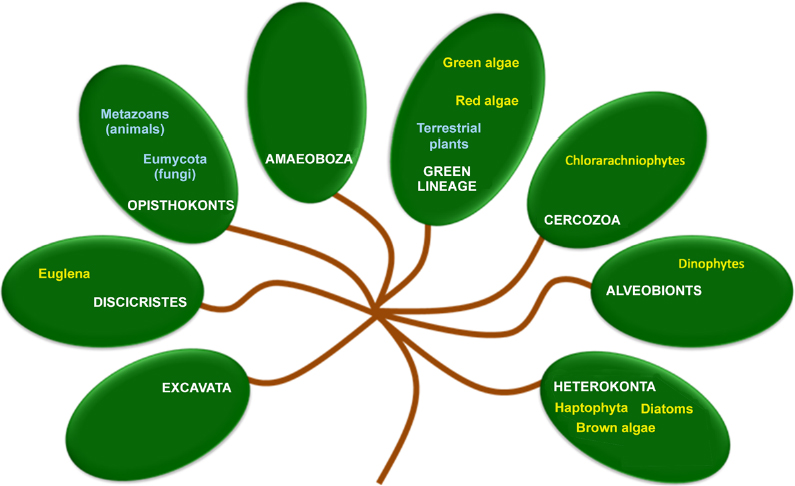
Biology and Ecology of Microalgae
1.1. Biological characteristics
1.1.1. General characteristics
Microalgae are mainly photo-synthetic single-celled organisms living in aquatic environments (marine, brackish, fresh water) or humid or aerial terrestrial environments (atmosphere, soils, trees, building facades, etc.) (Sharma et al. 2006). They can also associate together to form colonies or undifferentiated multicellular organisms. The morphology and size of microalgae vary greatly according to species and taxonomic groups.
Microalgae are eukaryotic organisms that possess the main characteristics of the vegetable eukaryotic cell. They can be flagellated as in the case of algae belonging to the genus Chlamydomonas (see ). As eukaryotes, microalgae can be distinguished from cyanobacteria, which are prokaryotic organisms with a long life span and are called blue-green algae or Cyanophyceae. Spirulina (
Next page
